Revolutionizing Gaming: AI-Powered DOOM Simulation Pushes Boundaries of Machine Learning
In a groundbreaking development at the intersection of artificial intelligence and video game technology, researchers at Google have unveiled an AI system capable of simulating gameplay from the iconic first-person shooter, DOOM. This innovative approach to AI-powered game simulation marks a significant leap forward in the application of machine learning to interactive digital environments.
The AI Behind the Simulation
At the heart of this project lies a sophisticated neural network trained using reinforcement learning (RL) techniques. The system comprises two main components: an RL agent that learns to interact with the game environment, and a generative model based on Stable Diffusion that produces visual frame predictions.
Training the RL Agent
The RL agent serves as the foundation for data collection, learning to navigate and interact within the DOOM environment. Here’s how it works:
- Environment Interaction: The agent makes decisions based on the current game state, receiving feedback in the form of rewards or penalties.
- Policy Optimization: Using the Proximal Policy Optimization (PPO) algorithm, the agent refines its strategy to maximize long-term rewards.
- Feature Extraction: A convolutional neural network (CNN) processes downsized game frames and maps, converting visual input into a 512-dimensional vector representation.
- Action History: The agent maintains a record of its last 32 actions, providing context for decision-making.
- Training Environment: The agent is trained in VizDoom, a purpose-built environment for AI research in DOOM.
Generating Gameplay with Stable Diffusion
The heart of the visual simulation lies in an adapted version of Stable Diffusion v1.4. This generative model predicts future game frames based on the agent’s actions and previous observations. Key aspects of this process include:
- Latent Space Representation: Game frames are compressed into a latent space, reducing computational overhead.
- Noise Reduction: A step-by-step denoising process generates high-quality frame predictions.
- Autoregressive Prediction: The model uses its own previous predictions to generate subsequent frames, creating a continuous gameplay simulation.
- Performance Optimization: Through careful tuning, the system achieves a frame rate of 20 FPS, sufficient for real-time DOOM simulation.
Technical Challenges and Solutions
The research team encountered and overcame several technical hurdles:
- Artifact Reduction: Fine-tuning the decoder portion of the autoencoder minimized visual artifacts, particularly in small details like the HUD.
- Temporal Consistency: Implementing a noise-addition technique during training improved the model’s ability to maintain consistency across frames.
- Computational Efficiency: Balancing the number of denoising steps (settled on 4) with frame rate requirements was crucial for real-time performance.
- Long-term Coherence: While the system excels at short-term prediction, maintaining coherence over extended gameplay remains a challenge.
Training Infrastructure and Parameters
The scale of this project is evident in its training process:
- Hardware: 128 TPU-v5e devices with data parallelization
- Training Duration: 700,000 steps for most results
- Data Volume: Approximately 900 million frames used for training
- Image Resolution: 320×240, padded to 320×256
- Context Length: 64 previous predictions and actions
Implications and Future Directions
This AI-powered DOOM simulation represents a significant milestone in the convergence of machine learning and game development. Potential applications and areas for future research include:
- Procedural Content Generation: AI systems could assist in creating diverse, dynamic game environments and scenarios.
- Game Testing and Balancing: AI agents could rapidly playtest games, identifying balance issues or exploits.
- Interactive AI NPCs: More sophisticated, responsive non-player characters could enhance game immersion.
- Predictive Rendering: AI-driven frame prediction could potentially reduce latency in cloud gaming services.
- Cross-Game Learning: Techniques developed here could be applied to simulate and analyze gameplay in other titles.
While the current implementation focuses on DOOM, a game from the 1990s, the principles demonstrated have far-reaching implications for modern game development and AI research. The ability to generate coherent, interactive visual sequences based on learned behaviors opens new avenues for both creative and technical exploration in the gaming industry.
Conclusion
The AI-powered DOOM simulation project by Google researchers represents a fascinating convergence of classic gaming and cutting-edge AI technology. By leveraging reinforcement learning, generative models, and advanced neural network architectures, the team has created a system that can recreate the essence of DOOM gameplay in real-time.
While challenges remain, particularly in long-term coherence and artifact accumulation, the project lays a solid foundation for future research. As AI and machine learning continue to evolve, we can anticipate even more impressive feats of game simulation and generation, potentially revolutionizing how games are developed, tested, and experienced.
The fusion of neural rendering techniques with interactive environments is not just a technical achievement; it’s a glimpse into the future of digital entertainment and artificial intelligence. As these technologies mature, we may see AI systems that can not only simulate existing games but create entirely new, dynamic gaming experiences tailored to individual players.
The journey from DOOM to the future of AI-driven gaming has only just begun, and the possibilities are as exciting as they are boundless.
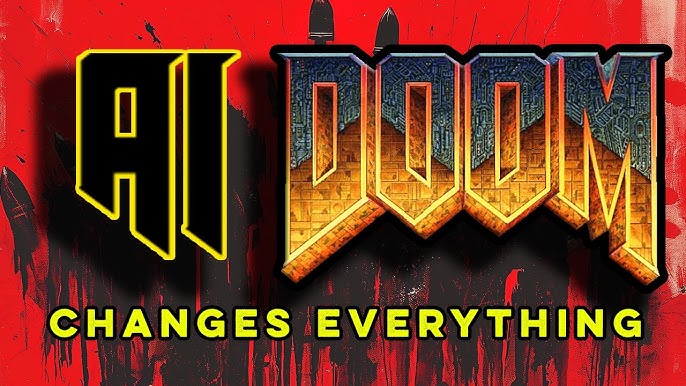
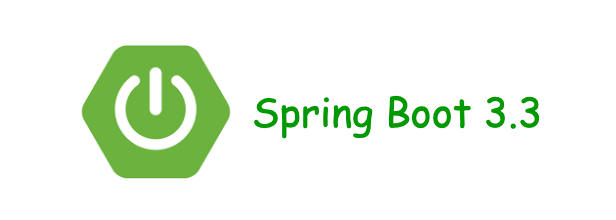
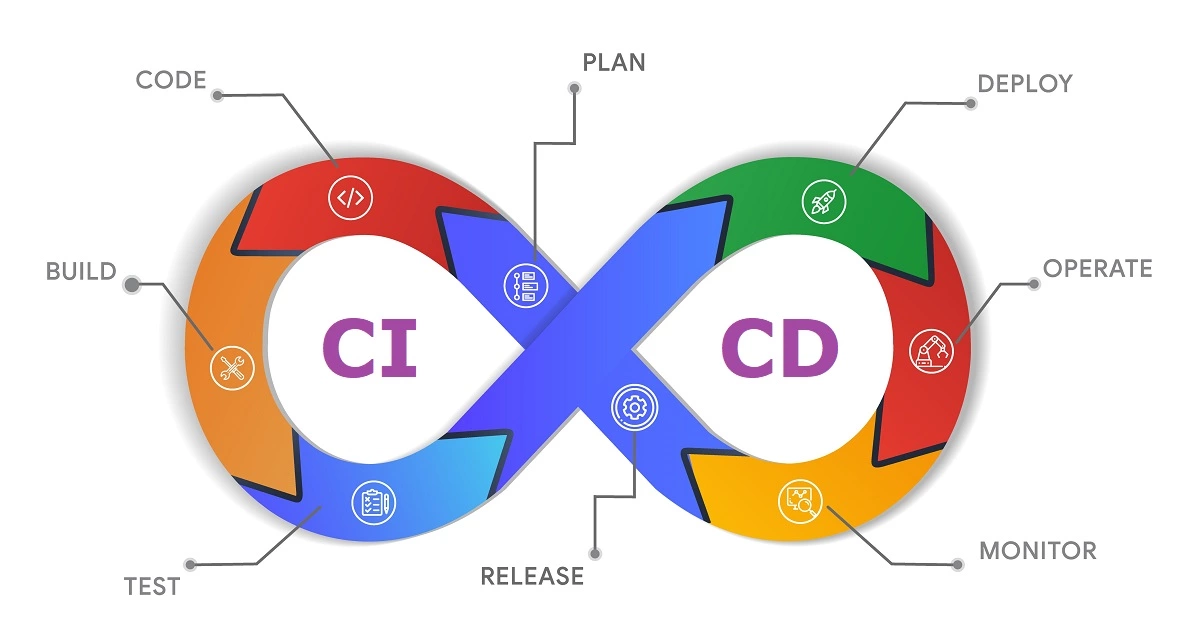
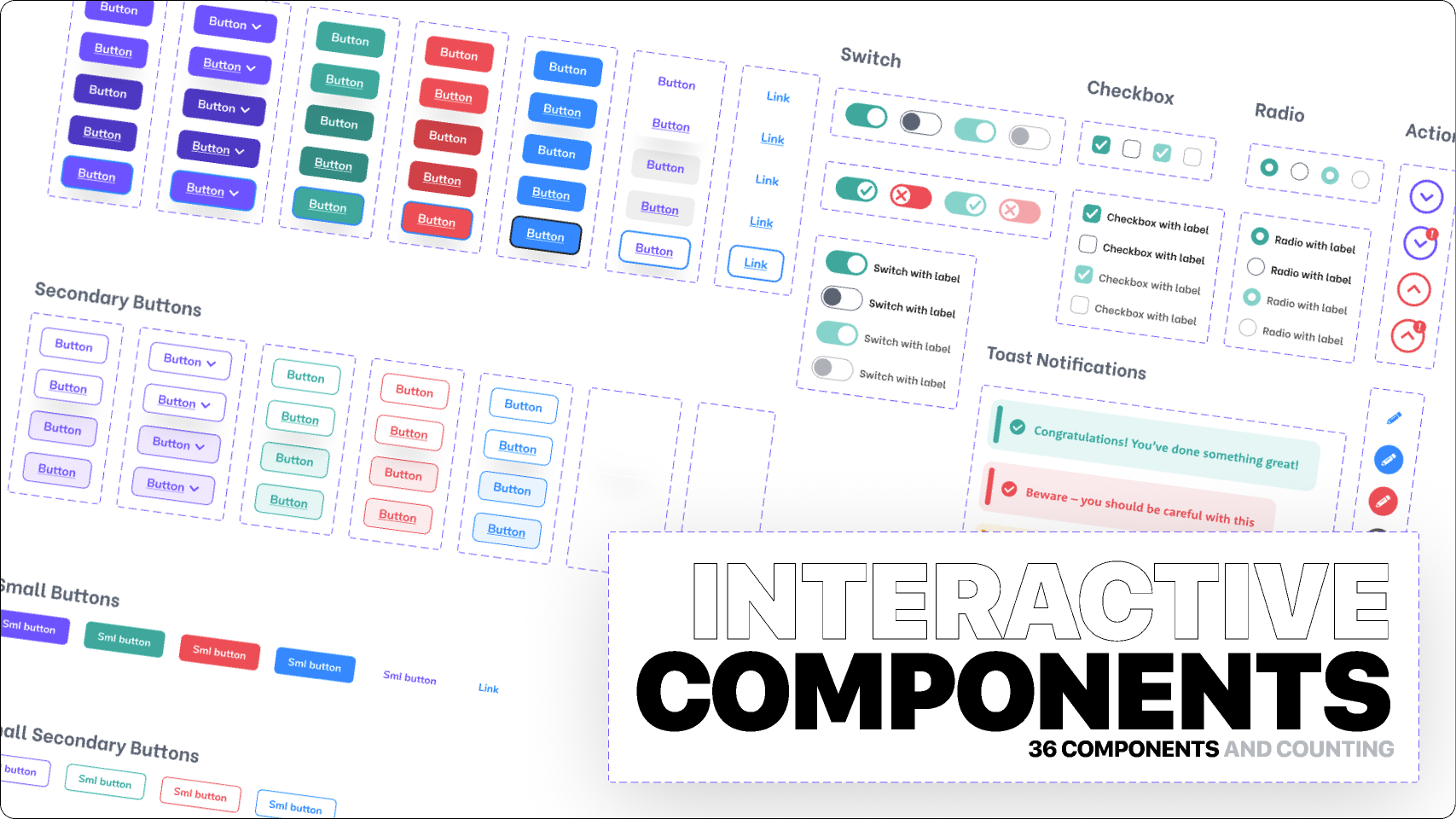
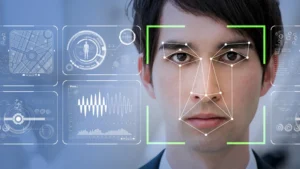


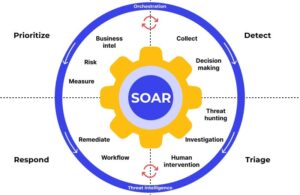






Post Comment